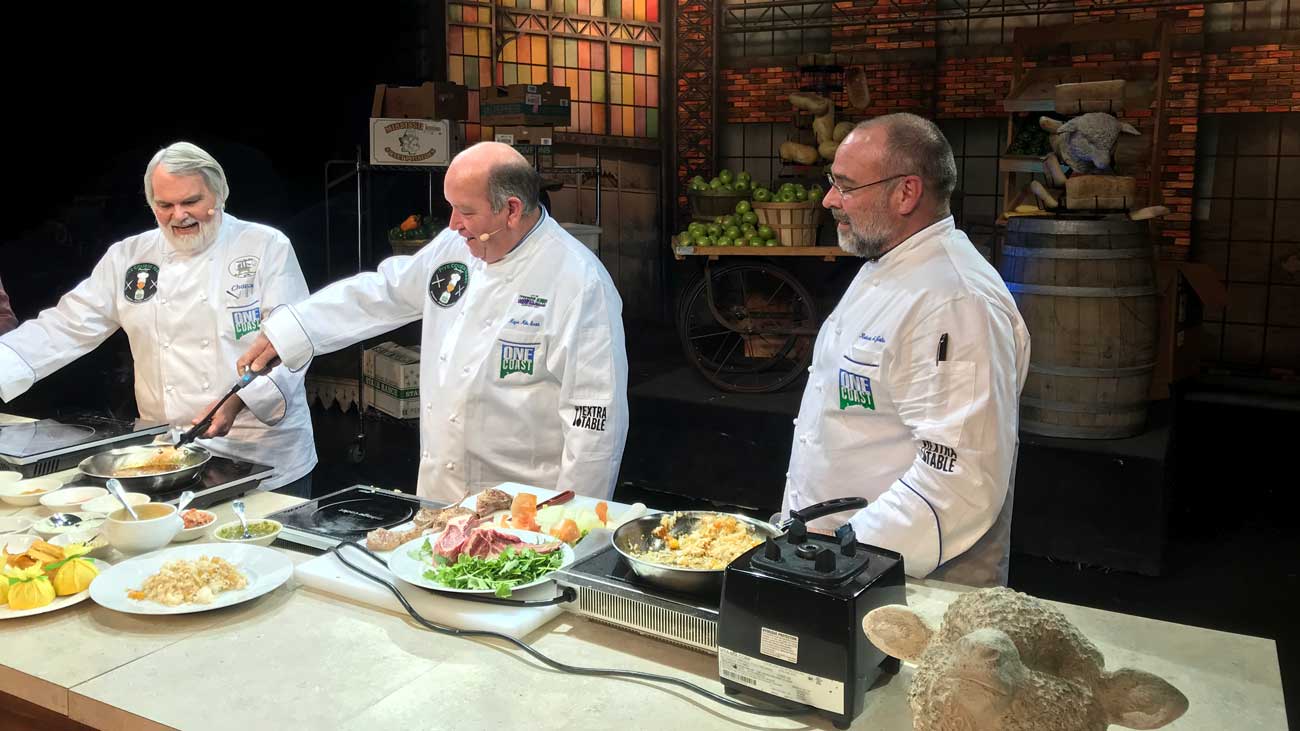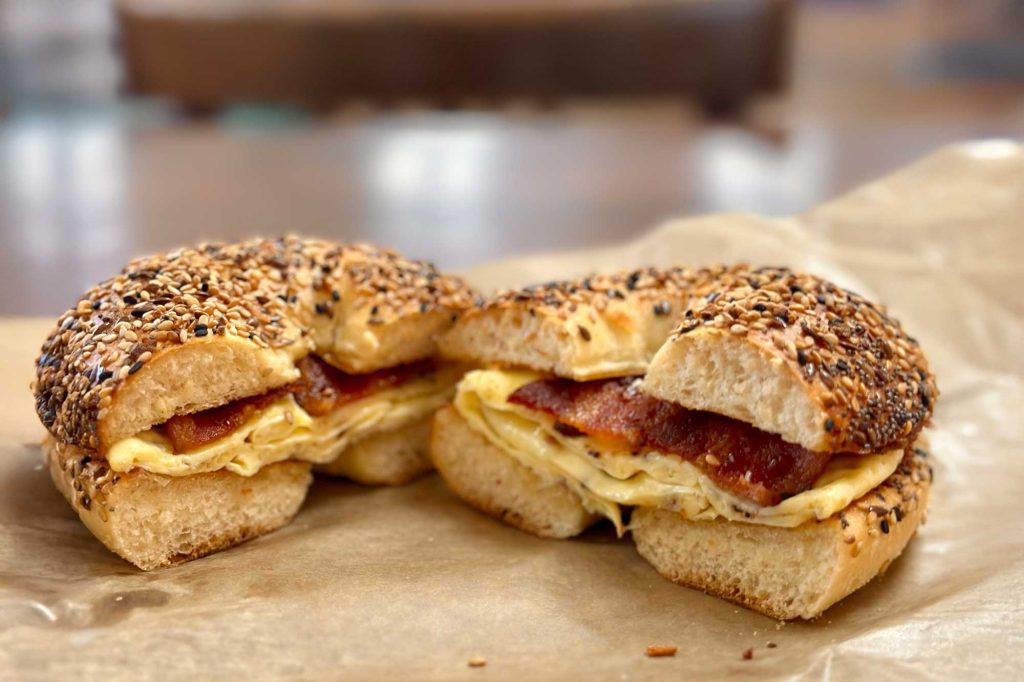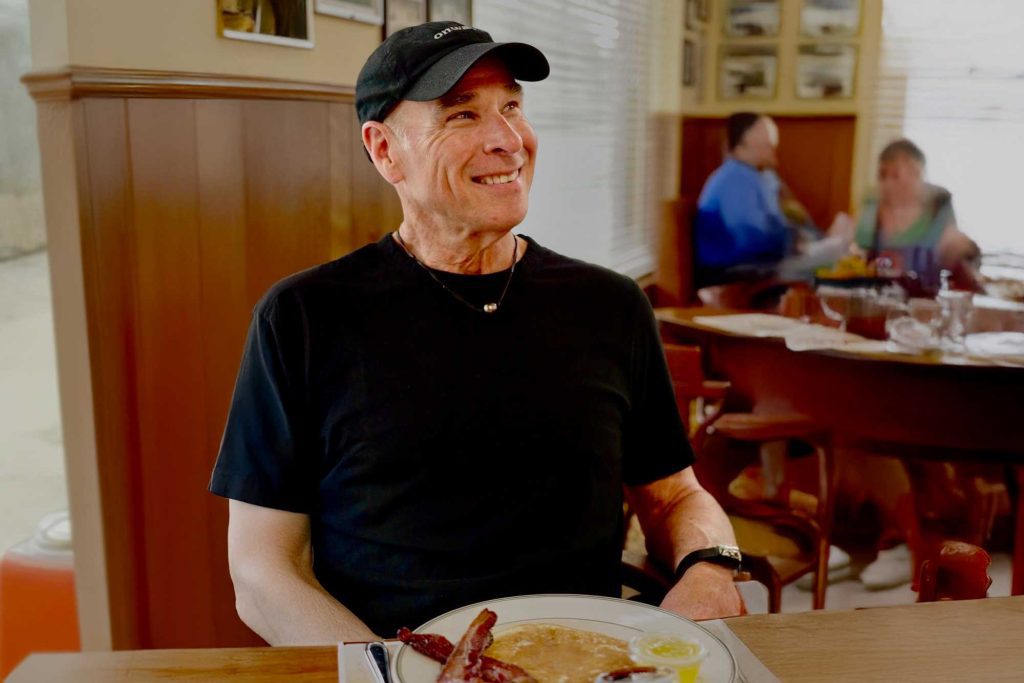Amalfi, Italy— “God called the dry ground ‘land’ and the gathered waters he called ‘seas.’ And God saw that it was good.”— Genesis I:10. In case you were wondering, God was looking at the Amalfi Coast when he said that.
For 50 years I have been drawn to photographs of Italy’s Amalfi Coast. It has been on every bucket list, future to-do checklist, or travel wish list I have ever compiled. The pre-visit expectations were substantial and the potential for let down monumental.
As I write this column, sitting on a balcony at sunrise, overlooking the Tyrrhenian Sea. I can say that this place has lived up to its pre-billing.
We left Rome three days ago and travelled south to visit Amalfi and its cliffhanging neighbors to the north and south.
We are here at the perfect time. The weather is mild— low 70s— and the tourists have cleared out. My family and I have never been the types to lie in the sand, good thing, that. No sand here, just beautiful craggy cliffs, with massive stone houses attached to them, dropping hundreds of feet to a cobalt sea. Beautiful.
The food here, like home, leans heavily towards seafood. Again, good thing, as we have been on a seafood drought for the last several months as we traveled through the European mainland. More on Amalfi food— and lemons the size of grapefruits— in next week’s column.
In Rome we ate, and ate, and ate, and then ate some more. Two culinary highlights that are not to be missed if you find yourself in that city are Antica Enoteca and Piccolo Buco.
We happened upon Antica Enoteca accidentally. I couldn’t find the original restaurant I was searching for, so I asked a shop worker for a recommendation. In a thick Italian accent she pointed two blocks away and said, “Della Croce.” I thought that was the name of the restaurant, so I thanked her and walked away. What I quickly learned was that was the name of the street. A street with dozens of restaurants covering three blocks. Which place was she talking about?
“I got this,” I told my family.
They watched as I walked down the street surveying the outside dining tables and storefronts of each restaurant. “How will you know? What are you looking for?” asked my son. I proceeded to give him my rules for finding a good restaurant in a strange city:
1.) No photographs of the food should be displayed anywhere on signage or menus. You wouldn’t believe how many place do this. They might as well hang a sign that says “Tourists Eat Here (and they overpay for crappy food).”
2.) Menu prices for typical items shouldn’t be priced over the market.
3.) The menus customers are holding should be up to date— a sign of a good owner.
4.) The place should be clean with no debris on the sidewalk or floors— a sign of good management.
5.) The food on customer’s plates should appear fresh and made from scratch (yes, one can often tell by looking).
6.) After 30 years in the business, there’s an overall “feeling” I get. I don’t know what it is, or how to explain it, but I can get a “feel” of a place within a few seconds of walking in. I have often left restaurants within minutes of being seated, over nothing more than the energy and feel of the room.
As it turns out, I nailed it. The restaurant I chose turned out to be one of our go-to restaurants in Rome. We returned three times (rare for me, as I like to try as many places as I can when traveling).
On my first visit I ate the best lasagna I have ever eaten. Period. When the server asked what I wanted, I posed a question I sometimes tender, “If you were eating here today, what would you order?” Often it’s, “In your opinion, what is the absolute best thing on this menu?”
If you ever hear, “It’s all good,” you’re in trouble.
The sever replied, “The lasagna.”
I never eat lasagna in a restaurant. For me, that’s a dish to be eaten at home. I assumed she was recommending it because I was an American tourist. I pressed. She held firm. So I ordered lasagna for lunch. It was perfect— hardly any tomato sauce, the perfect amount of three very good cheeses, and two meats that had obviously been reduced in wine and rich stock. It will definitely be in the book, along with the Caccio Peppe (spaghetti with butter, pecorino, and black pepper, a Rome thing) I enjoyed the next day.
Antica Enoteca met the six-word mantra I’ve used for every Eating Europe restaurant: Great food, low price, mostly locals.
Piccolo Buco is located near the Trevi Fountain, and I was worried that it would be a tourist trap. Rule #7— Don’t eat at restaurants within a block of a major tourist attraction.
Piccolo Buco is a small family-run operation that has been in business since 1916. Luca (our server) and his mother were working the floor. His recommendations were spot on. The Bucatini Amatriciana (pasta in the style of Amatrice, guanciale, pancetta, or pork cheeks, bucatini, tomato sauce, and pecorino) was the best I have ever tasted. Again, book worthy.
I like dessert. I do not like Tiramisu— unless the tiramisu comes from Piccolo Buco. The Tiramisu served there, while not the prettiest thing I’ve ever seen on a plate, tasted wonderful. It is— by far— the best I have ever eaten. Period. Also bookworthy.
For those who are counting, check off two restaurants in Rome, both with two excellent dishes that will be in the book.
I have learned so much about Italian cooking in the last six weeks that I could return home tomorrow and the trip would have been worthwhile. But I still have Sicily, Bologna, Venice, Milan, and Lake Como, to cover before the Italian leg of this journey is over. In the meantime, I have a few more days on the Amalfi Coast.
Make no mistake, when God drew up the original plans for an oceanside community (I believe that was on the “second day”), he named it Amalfi.
Onward.
Deep South Staples Vegetable Lasagna
2 Tbl. Olive oil
3 /4 cup Eggplant, peeled and diced, sprinkled with 1 1 /2 tsp salt
3 /4 cup Yellow squash, diced
3 /4 cup Zucchini, diced
1 /2 cup Onion, diced
1 Tbl Garlic
10 oz package Spinach, fresh, rough chopped
1 tsp Salt
1 tsp Black pepper
2 cups Mushroom Béchamel Sauce
2 Eggs
1 15-oz container Ricotta cheese
1 cup Romano cheese, shredded
1 1 /2 tsp Black pepper
1 1 /2 tsp Salt
12 Lasagna sheets, cooked until tender in boiling salted water
1 recipe Deep South Staples Tomato Sauce 2
2 cups Mozzarella, shredded
12 slices Tomato, medium size, fresh
Preheat oven to 325 degrees.
In a large skillet, heat olive oil over medium heat. Add eggplant and cook for two to three minutes. Add squashes, garlic and onions and cook for eight to 10 minutes more, until the vegetables start to become tender. Add mushroom béchamel, salt and pepper and set aside.
In a mixing bowl, combine ricotta cheese, Romano cheese, eggs, salt and pepper. Stir well. Ladle 2 cups of tomato sauce into a three-quart baking dish. Place a layer of three pasta sheets on the sauce and top it with half of the ricotta mixture. Spread half of the vegetable mixture onto the ricotta. Lay another layer of pasta and top with two cups of sauce, spreading evenly. Sprinkle half of the mozzarella cheese on top of the sauce. Repeat these two steps again. Arrange tomato slices on top of final layer.
Cover baking dish tightly first with plastic wrap then foil. Bake one hour, remove foil and bake for an additional 10 minutes. Allow lasagna to sit for 20 minutes before serving. Use any remaining sauce to top the lasagna with when plating. Yield: 8-12 servings
Deep South Staples Tomato Sauce 2 (no meat)
1 /4 cup Olive oil
2 cups Onion, small dice
2 cups Carrots, shredded and minced fine
1 /3 cup Garlic, minced
2 tsp Basil, dry
1 tsp Oregano, dry
2 Bay leaves
2 tsp Salt
2 tsp Black pepper, fresh ground
6 oz can Tomato paste
3-28 oz cans Tomatoes, best quality, crushed
1 1 /2 cups Water
1 tsp Balsamic vinegar
In a large heavy duty saucepot, heat olive oil over medium heat. Add onions, carrots and garlic. Cook vegetables 10 minutes stirring often. Add herbs and tomato paste and cook for five to six minutes (This helps to caramelize the tomato paste resulting in a sweeter tomato sauce). Add remaining tomato products and the water. Turn heat to low (very low). Allow sauce to cook for 3 1 /2 hours, stirring often. Add vinegar. Yield: approximately three quarts.
Sauce is best after two or three days in the refrigerator. Sauce freezes well.



